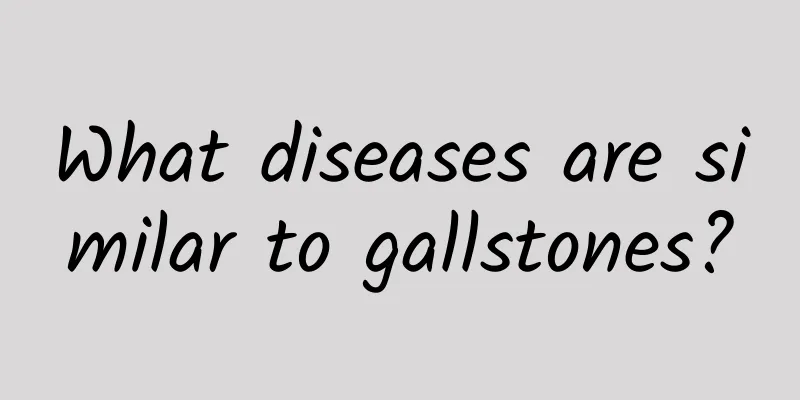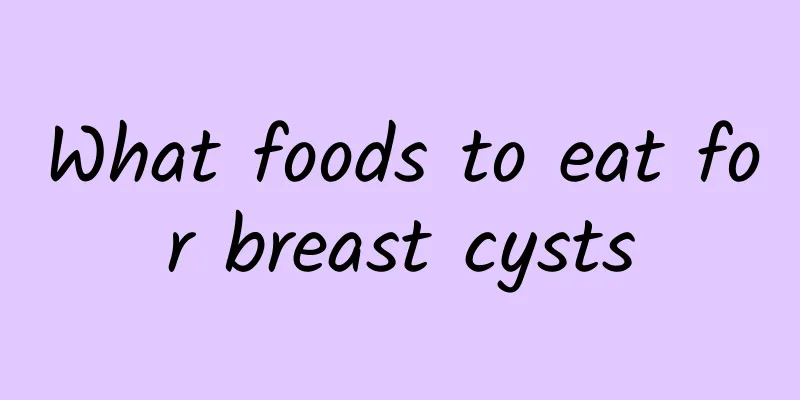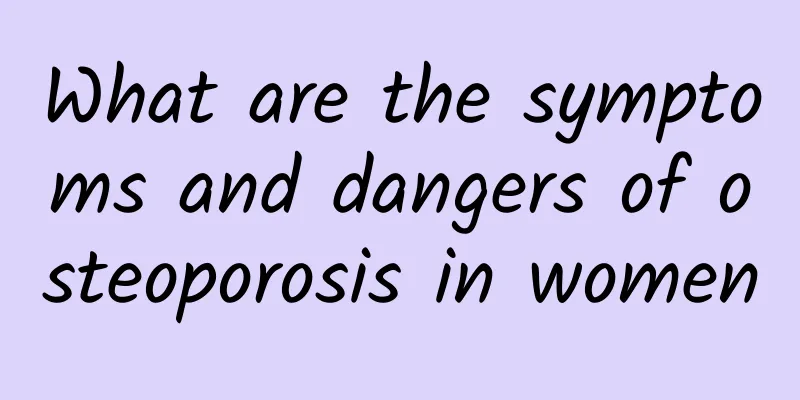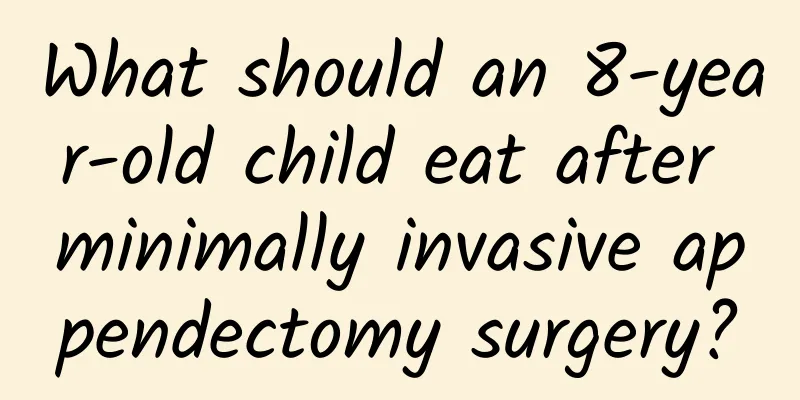What are the hazards and consequences of gallstones?
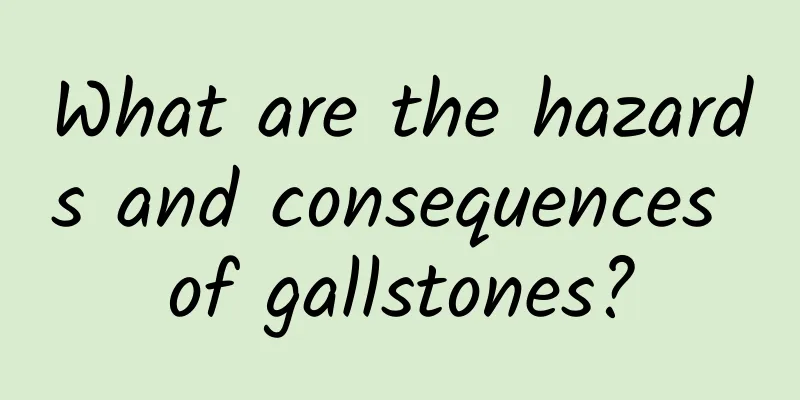
|
Gallstones can cause a variety of serious hazards, including biliary colic, acute cholecystitis, common bile duct obstruction and infection, and may even lead to bile duct cancer. These consequences may have long-term effects on the patient's health and in some cases even be life-threatening. For patients with gallstones, timely diagnosis and treatment are crucial, and treatment methods include medication, surgery, and lifestyle adjustments. 1. Common hazards of gallstones (1) Biliary colic The most common symptom of gallstones is biliary colic. When stones block the gallbladder outlet or bile duct, it causes severe pain, usually in the right upper abdomen, and may radiate to the shoulder or back. This pain is often aggravated after eating high-fat foods. To relieve biliary colic, antispasmodics such as scopolamine and atropine are usually used. (2) Acute cholecystitis When gallstones get stuck at the gallbladder outlet, bile retention may induce acute cholecystitis. Patients will experience persistent right upper abdominal pain, fever, nausea and vomiting. If not treated in time, it may lead to gallbladder gangrene or even perforation. In severe cases, surgical treatment is required. Minimally invasive laparoscopic cholecystectomy can be selected, which has a short recovery time and good results. (3) Common bile duct obstruction and infection If the stones enter the common bile duct, they may cause complete or partial obstruction of the common bile duct. Patients will experience jaundice, itchy skin, dark yellow urine, and lighter stools. Obstruction may also lead to cholangitis, a triad of high fever, chills, and jaundice. Such situations usually require emergency treatment and may require common bile duct lithotomy or endoscopic retrograde cholangiopancreatography (ERCP) to remove the stones. 2. Possible long-term consequences of gallstones (1) Gallbladder cancer Long-term gallstones may increase the risk of gallbladder cancer. Especially for patients with "porcelain gallbladder", the risk of cancer is significantly increased due to long-term chronic inflammation and irritation of the gallbladder wall. For high-risk groups, timely cholecystectomy is recommended to reduce the risk of cancer. (2) Chronic cholecystitis and bile reflux gastritis Repeated gallstone attacks may cause chronic cholecystitis, which leads to the gallbladder gradually losing its function of storing bile. At the same time, bile reflux may irritate the gastric mucosa and induce gastritis, which manifests as symptoms such as abdominal distension, stomach pain, and belching. Lifestyle intervention, such as avoiding a high-fat, high-cholesterol diet, can significantly improve symptoms. (3) Pancreatitis If common bile duct stones lead to pancreatic duct obstruction, acute pancreatitis may be induced. This is a very serious disease, often manifested by severe abdominal pain, fever and vomiting. Some patients may be life-threatening due to multiple organ failure. Emergency surgery or endoscopic intervention is required for treatment. 3. How to prevent and manage the harm of gallstones (1) Drug treatment For patients with small stones or mild symptoms, stone dissolution can be treated with drugs, such as ursodeoxycholic acid. However, the effect of drugs is slow and there is a risk of recurrence. (2) Surgical treatment For patients with severe or recurrent symptoms, minimally invasive laparoscopic cholecystectomy is a common choice. This surgery is highly safe and has a quick recovery, and is the fundamental method for treating gallstones. (3) Dietary adjustment The key to preventing gallstone recurrence is to eat a healthy diet, avoid high-fat, high-cholesterol foods, and eat more fiber-rich fruits and vegetables. Moderate exercise can also promote the normal flow of bile and reduce the risk of stone formation. (4) Regular physical examination Some people with gallstones have no obvious symptoms, so regular abdominal ultrasound examinations are very important, especially for people with a family history of gallbladder disease or high cholesterol. The harm of gallstones is not limited to acute symptoms, but may also cause a variety of serious complications and even affect life safety. For patients who have been diagnosed with gallstones, scientific intervention as early as possible is the key to reducing harm. Gallstones and their possible consequences can be effectively managed through a reasonable diet, moderate exercise, regular physical examinations, and surgical treatment when necessary. A healthy lifestyle is the best way to prevent and control gallstones, and early intervention can significantly improve the quality of life. |
>>: Best treatment for gallstones in the elderly
Recommend
Can I drink coffee if I have nodules or cysts?
People with nodules or cysts can drink coffee in ...
What kind of people are prone to acute appendicitis?
People who are prone to acute appendicitis are us...
What are the causes of complications after nasal hemangioma surgery?
Some sequelae may occur after nasal hemangioma su...
Is perianal abscess surgery painful?
Perianal abscess surgery is usually performed und...
Can a herniated disc cause groin pain?
Groin pain is usually related to diseases such as...
What to do if hemorrhoids become bigger
What should I do if the hemorrhoids become bigger...
What is the best medicine for perianal abscess?
When an anal abscess occurs, choosing the right m...
How to prevent and treat gallstones
The prevention and treatment of gallstones lies i...
Can I eat peanuts if I have breast cysts?
Patients with breast cysts can eat peanuts in mod...
Is cerebral aneurysm hereditary?
Cerebrovascular aneurysms may be related to genet...
What are the symptoms of myolysis?
What are the symptoms of myolysis? In simple term...
How to treat osteoporosis at the age of 47
Treatment of osteoporosis at the age of 47 requir...
Consequences of untreated gallstones
If gallstones are not treated for a long time, th...
How to treat pleural inflammation quickly
The key to the treatment of pleurisy is to prescr...
What is blocking
Injection is a term we often hear in our daily li...
